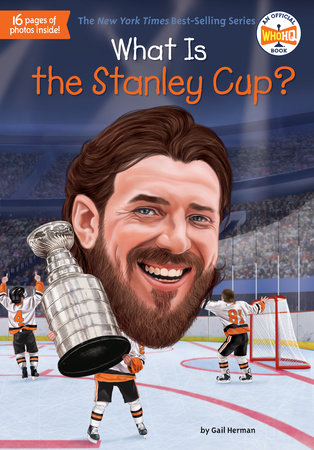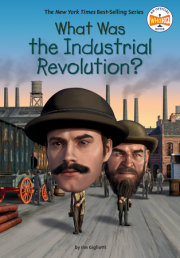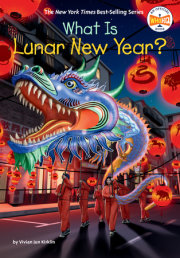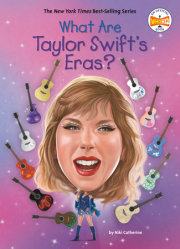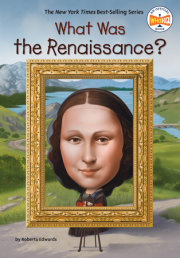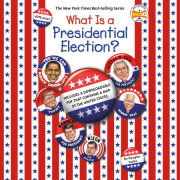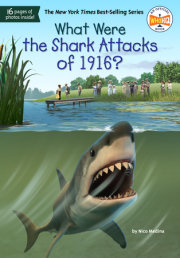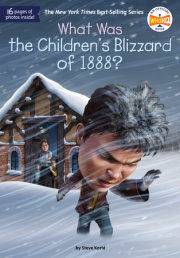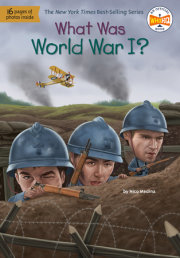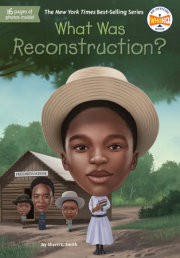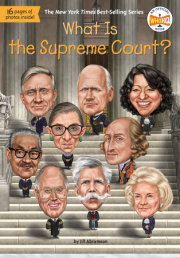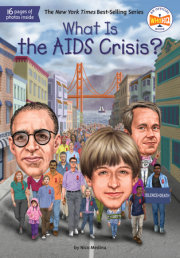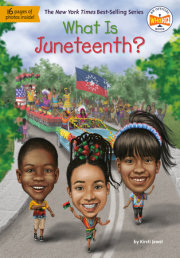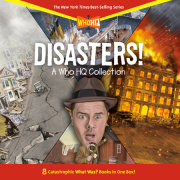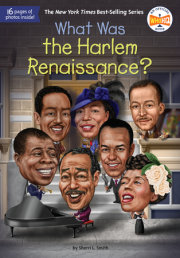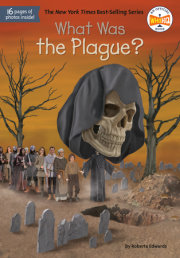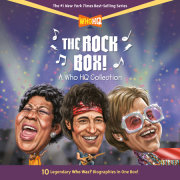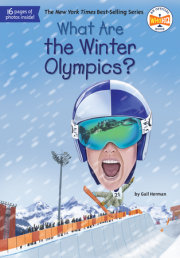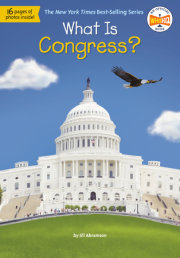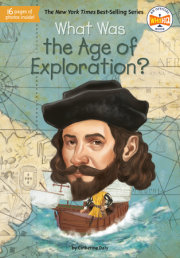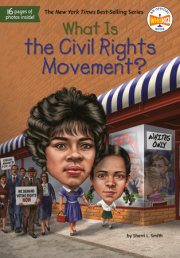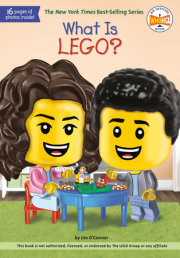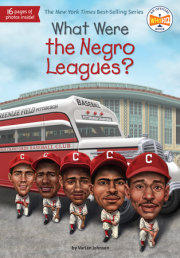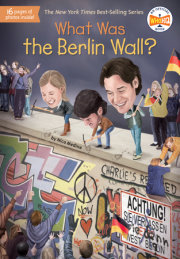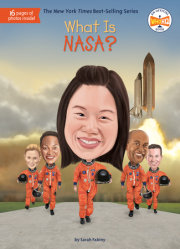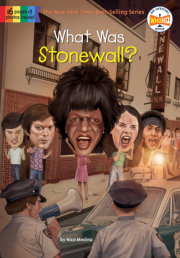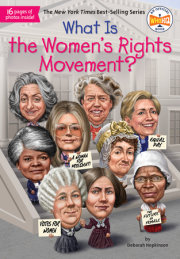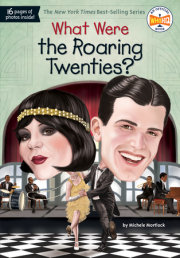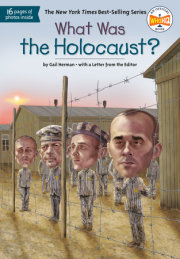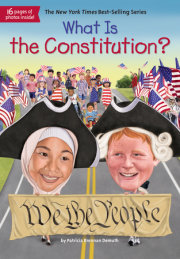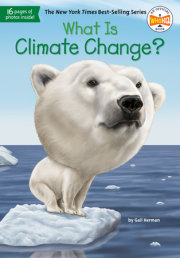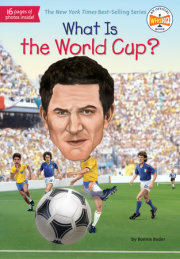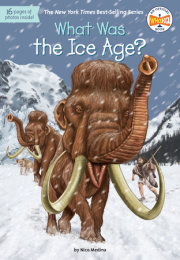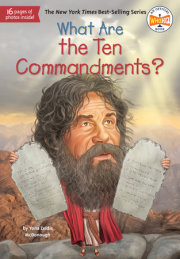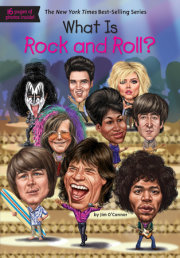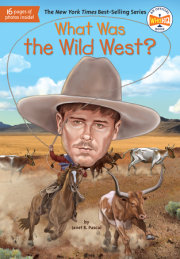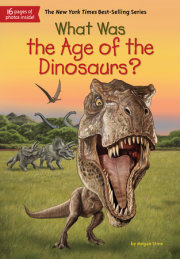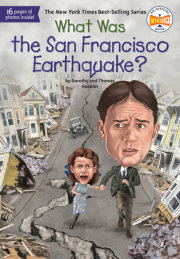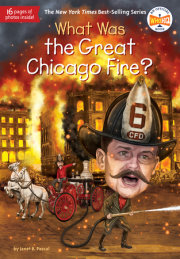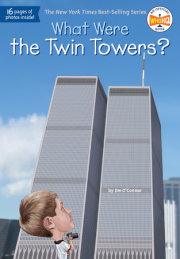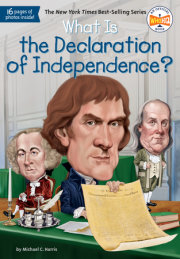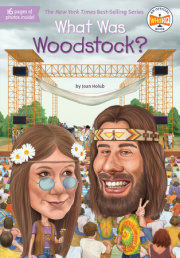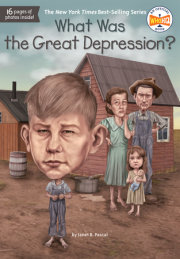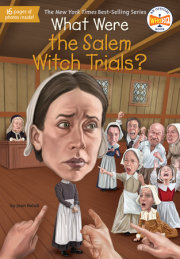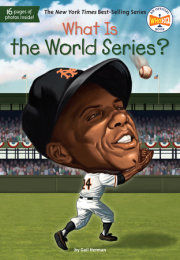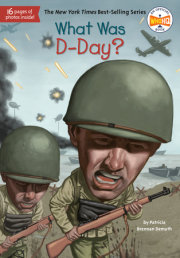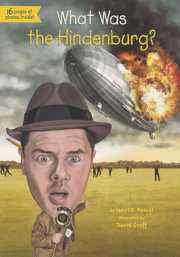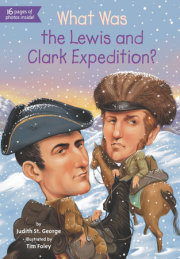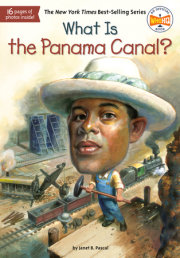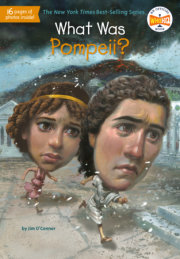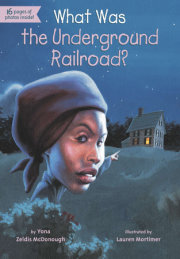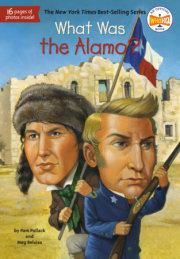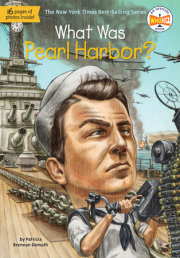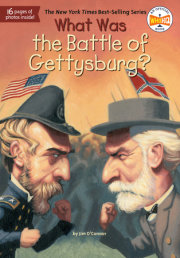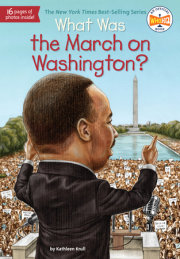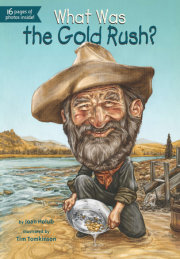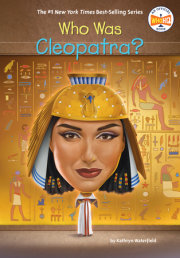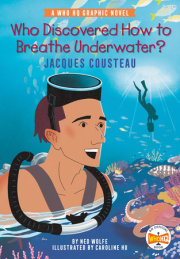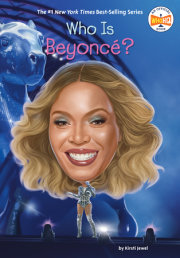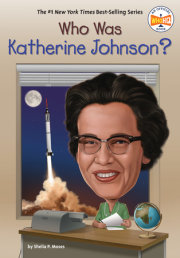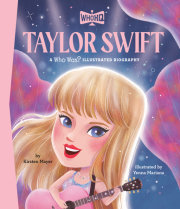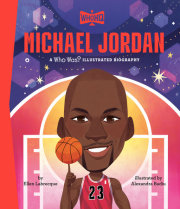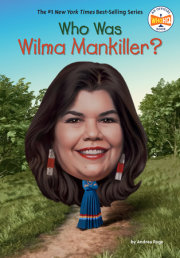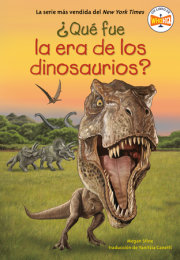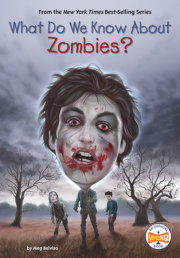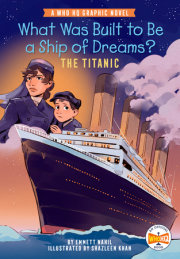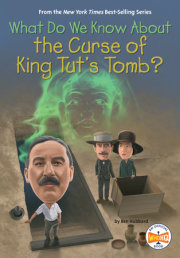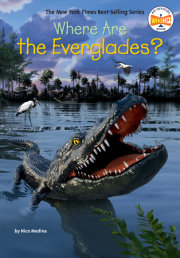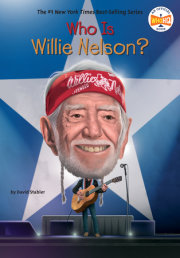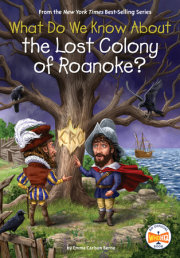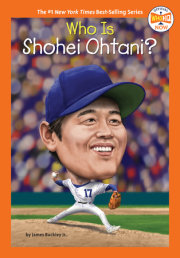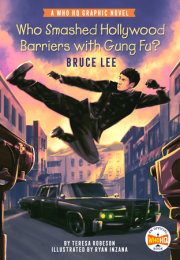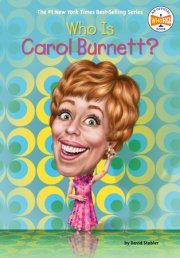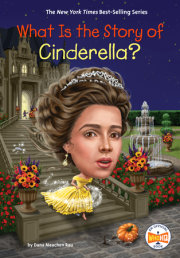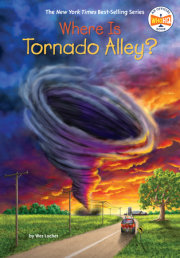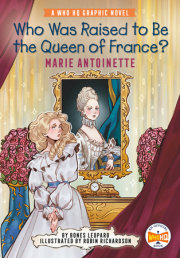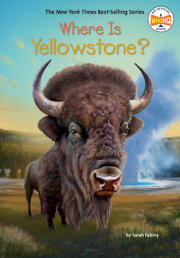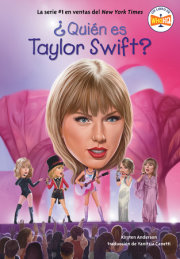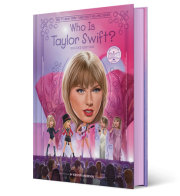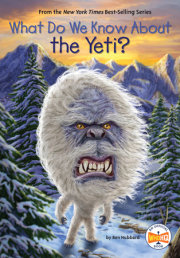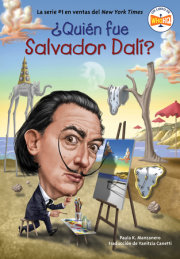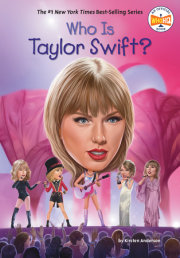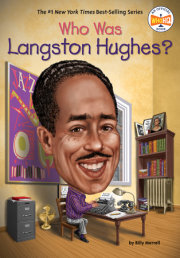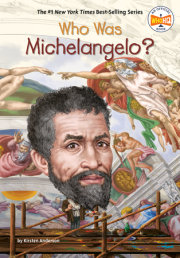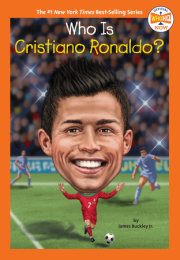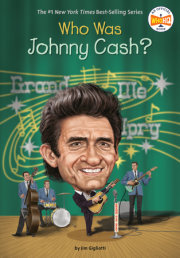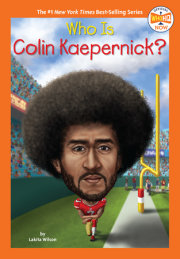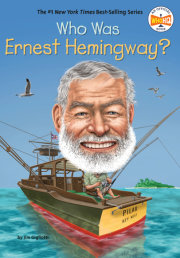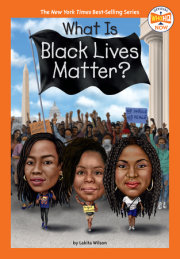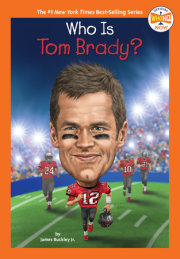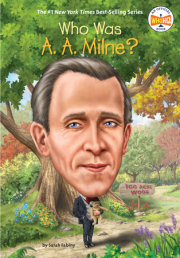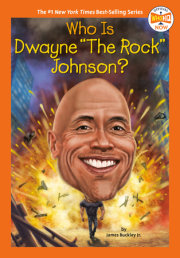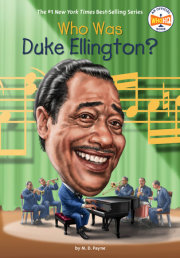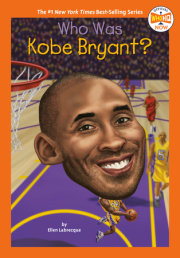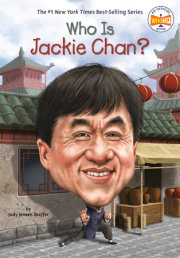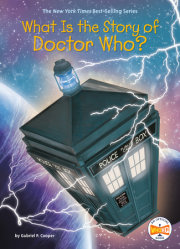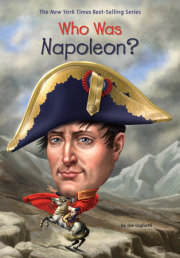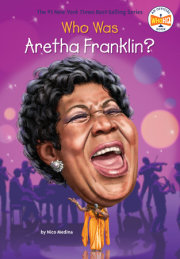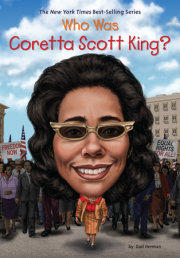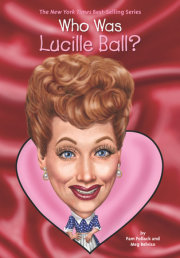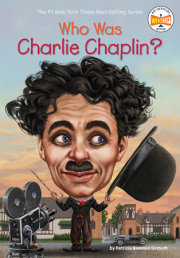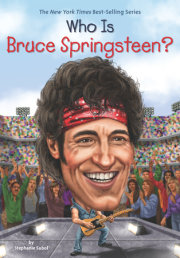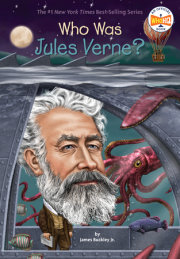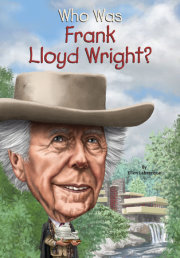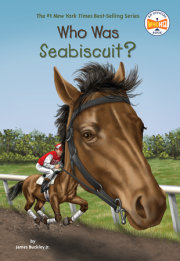What Is the Stanley Cup?
Each June, a series of hockey games ends by crowning a championship team. The winner is the number one team in the United States and Canada, and perhaps the world.
The Stanley Cup is considered the most difficult sports championship to win, with thirty-one teams in the National Hockey League, sixteen teams in the playoffs, and three rounds of best-of-seven-games series before the finals.
Whew!
The prize is the Stanley Cup itself—the oldest and most famous sports trophy in the world. Its origins go back more than a hundred years. Thousands of fans have lined up around the world just to catch a glimpse of it.
After the final buzzer of the final game, the captain of the winning team is presented with the Cup. He lifts it high overhead. He circles the rink, his teammates following in a parade. In turn, they each take a lap with the prize.
Some players kiss it. Some cry. And some are surprised by its weight. (It weighs 34½ pounds.)
All these players know they hold history in their hands. The same “Presentation Cup,” topped with a copy of the original trophy’s bowl, has been awarded for more than fifty years.
Thousands of names are engraved in the bowl and on its bands—names of winning teams from the 1890s and, later, player, coach, and staff-member names.
Some teams listed—like the Vancouver Millionaires and the Montreal Wanderers—haven’t been around for almost a century.
Since 1995, the trophy travels the globe for about three hundred days each year. (The rest of the time, it’s on display at the Hockey Hall of Fame in Toronto, Ontario.) Each championship team member spends a day with “Stanley.”
It’s been to hometowns in the United States and Canada, plus Russia, the Czech Republic, Sweden, Finland, and even the tropical Bahamas. It’s been used as a bowl for popcorn, ice cream, cereal, and dog food. And two babies have been christened in it.
It’s the stuff of tradition and legend. And it all started with one man: a British lord, Frederick Arthur Stanley.
Chapter 1: The Start of It All Ice hockey has roots in ball-and-stick games, dating back to the earliest civilizations. In colder climates, people played these sports on frozen ponds, eventually on skates. Canada, though, is considered the true birthplace of hockey, combining these games and First Nations (Canadian indigenous people) traditions. In Montreal, James Creighton, the “Father of Organized Hockey,” introduced the first real rules, holding an “official” hockey game indoors—using a puck instead of a ball—in 1875.
During the sport’s early years, players didn’t wear helmets, padding, or goalie masks. They stayed on the ice every second of the game. There were no nets, just posts hammered into the ice.
In June 1888, Lord Frederick Arthur Stanley and his family arrived in Canada. Queen Victoria of England had named him governor-general. At the time, Canada was a “dominion”—or territory—of England. The governor-general was appointed by the British king or queen to govern Canada.
None of the Stanleys knew about hockey. But Lord Stanley and his eight children loved sports. After seeing a game in Montreal, they were hooked. Two of the Stanley brothers formed a team of seven players, the standard number back then. They traveled in their father’s private train to play other teams. Throughout the country, people took notice. This was the important governor-general’s family!
The game became popular in northern US cities, too. Meanwhile, more leagues formed.
In time, Lord Stanley’s children wanted to hold a championship; one winner named from among all the different leagues. Lord Stanley donated a silver punch bowl to use for the trophy. So the Stanley Cup isn’t really a “cup” at all.
According to Lord Stanley’s wishes, the trophy was a “challenge cup.” What did that mean?
Teams had two ways to win the trophy. One way was simple enough. A team just had to be in the same league as the last champions and finish first in standings, beating out the reigning Cup-holder.
Then there was the “challenge” way. To get the Cup, teams from different leagues had to challenge the championship team to a game or series of games. And of course, the challenger had to win. Challenges could come any time—before, during, or after the hockey season. And there were no limits on how many could be issued. (Sometimes there’d be five Stanley Cup contests in one season!)
Sound confusing? Well, things were about to get even more complicated.
Copyright © 2019 by Penguin Random House LLC. All rights reserved. No part of this excerpt may be reproduced or reprinted without permission in writing from the publisher.

